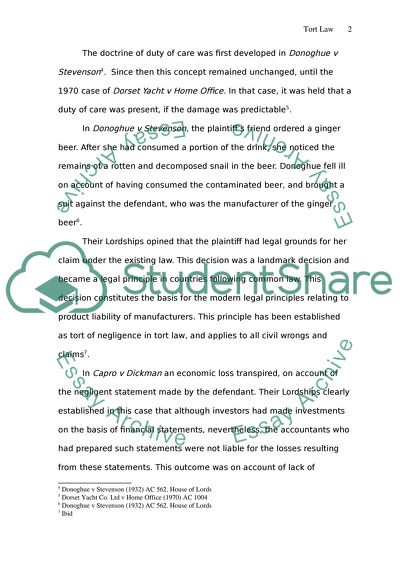Cite this document
(Tort of Negligence Coursework Example | Topics and Well Written Essays - 2000 words - 3, n.d.)
Tort of Negligence Coursework Example | Topics and Well Written Essays - 2000 words - 3. Retrieved from https://studentshare.org/law/1550876-tort-law
Tort of Negligence Coursework Example | Topics and Well Written Essays - 2000 words - 3. Retrieved from https://studentshare.org/law/1550876-tort-law
(Tort of Negligence Coursework Example | Topics and Well Written Essays - 2000 Words - 3)
Tort of Negligence Coursework Example | Topics and Well Written Essays - 2000 Words - 3. https://studentshare.org/law/1550876-tort-law.
Tort of Negligence Coursework Example | Topics and Well Written Essays - 2000 Words - 3. https://studentshare.org/law/1550876-tort-law.
“Tort of Negligence Coursework Example | Topics and Well Written Essays - 2000 Words - 3”. https://studentshare.org/law/1550876-tort-law.


